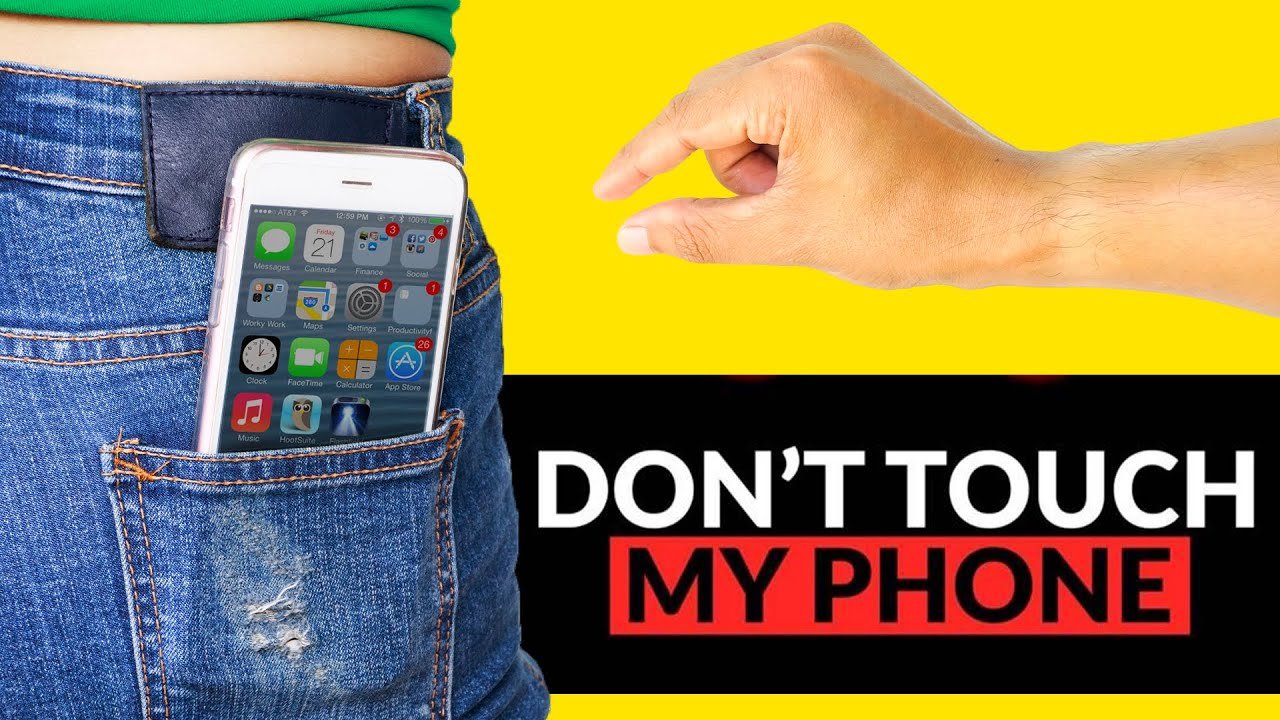A detailed guide to buying a bike
This guide will walk you through each step of the process. This includes understanding the market and assessing the motorcycle’s condition.
Understanding Your Needs:
Before buying a used bicycle, it is important to determine your needs. Consider your commute, the terrain you will be riding on, and your budget. By narrowing down your options, you’ll make your decision easier.
Market Trend Analysis:
The market dynamics of India is driven by seasonal variations, demand and supply. Research the Indian used bike market to learn about the most popular models, the average prices and the value retained upon resale. This information will help you negotiate effectively with the seller, and allow you to make an informed decision.
Inspection of Bicycle Condition:
Before purchasing a used motorcycle, it is important to inspect the condition. Look for signs of rusting and wear. Pay attention to the most critical components such as brakes, suspension tires and the engine. If you can afford it ask an experienced mechanic to perform a thorough inspection.
Verifying ownership and documentation of property:
These include the bike registration certificate (RC), any insurance papers or pollution under Control (PUC). This includes the registration certificate for the motorcycle (RC), insurance documents or the pollution under control (PUC ). Check ownership to prevent legal problems in the future. Also check if there are any pending payments or loans attached to the motorcycle.
A Bike Test:
You should test-ride a motorcycle before buying it. Take into consideration factors such as the responsiveness of the engine, how well the brakes work, and the comfort level. Also, take note of the condition and quality. This is a great opportunity to identify any issues you may have missed during the inspection.
Mileage and maintenance histories:
A bike in constant need of repair or that is neglected may be suffering from underlying problems.
Evaluating Resale Value:
When buying a bike, consider its future value. They tend to hold their value better over time.
Negotiating Price:
You should always be polite but firm when discussing price. If the seller’s expectations are unrealistic, you should not hesitate to walk away.
Verifying aftermarket modifications:
Check for any modifications made to the bike. Check for modifications such as exhaust upgrades, handlebar replacements, and engine tuning.
How To Assess Insurance And Warranty:
Ask about the warranty and whether there is a plan to extend it. Comprehensive insurance policies will protect you financially in the event of an accident or damage. Knowing how long the warranty lasts can also give you peace-of-mind.
Before making a decision, ask for feedback from those who are familiar with the model. Online forums, community groups, and social networks can provide valuable information. Be sure to take this into consideration when making your choice.
Site 1
Site 2
Site 3
Site 4
Finalizing your deal:
Once you’ve checked out the bike, its condition, and the terms and conditions of the purchase, it is time to close the deal. Make sure that all the details are documented. This includes payment terms, transfer prices, and ownership. Complete the paperwork according to the law and instantly transfer ownership into your name.







